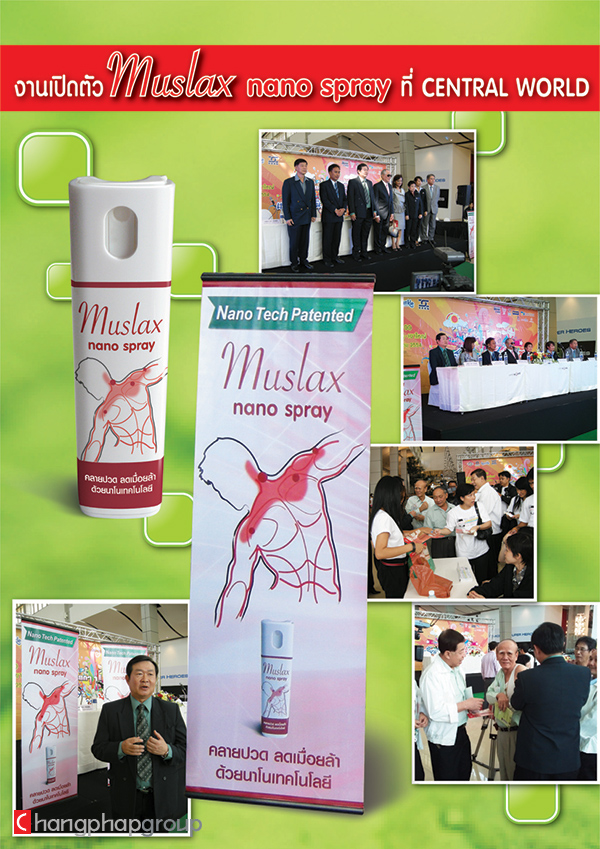
An icon is pictorial, a symbol is non-pictorial. But a symbol doesn’t necessarily look like the thing that it represents. Icon vs SymbolĪn icon shows us a visual representation of a thing that is relatively realistic compared to what the thing is. One of the things that people often get confused about is the difference between an icon and a symbol. Generally, icons vie for visual interests and recognizability. For this function of type as a branding element, it works closely with colour and sometimes icons. For Google, that could be settling for Product Sans as their default brand type. The aim here really is to have a typographic visual brand that helps your product stand out. Type here is less about content or connotation but more of identity and individuality. So, words are great for the accurate representation of complex non-visual concepts and this is great for an interface designer because quite often, we’ll be trying to show things that are complex non-visual concepts, and these appear in a lot of different places, in menus, naming, buttons, instructions e.t.c Type is everywhere in our interface because it’s still the fastest and most accurate way we have to communicate complex and specific ideas. Language is very economical in terms of its meaning and has a great deal of flexibility in terms of how it works that imagery cannot compete with. There’s no different interpretation, and this can be very useful in terms of designing an interface. Semantically, type is also less ambiguous when trying to depict some representations.įor instance, in the image below, STOP only means one thing: there’s absolutely no gray area there. As Harshita Arora shared in her freeCodeCamp article, typography also determines readability. Text needs to have a visual form and a typographic representation.

Type is fast, accurate and economical (in terms of a screen real estate). Type comes to the rescue when it becomes difficult to depict certain representations. Think of how to represent the word “ambiguous” with an imagery or video.

Typography as contentĬontent consumption can be in form of text, videos, audios e.t.c But text is quite better in some areas than these other forms. This includes working as content that we consume, as part of an interface in terms of buttons or labels or as part of a branding system to give your product a recognisable identity.

Type can work in many different ways in the context of an app or a website.


 0 kommentar(er)
0 kommentar(er)
